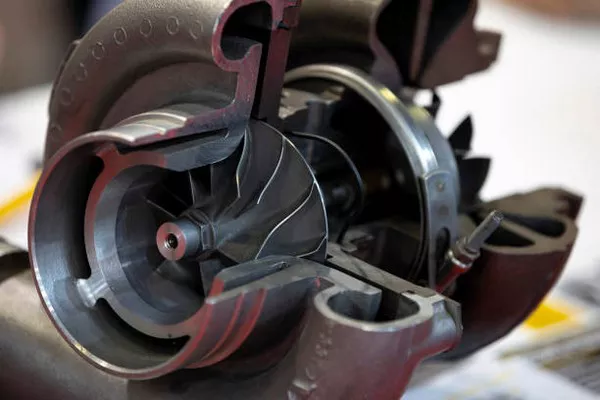In the world of audio engineering, the audio compressor stands as a fundamental and indispensable tool. While it may seem inconspicuous compared to glamorous microphones and mixing consoles, its impact on the final sound quality of music, podcasts, films, and various audio productions cannot be overstated. This article delves into the intricate workings of audio compressors, shedding light on what they do and why they are crucial in the realm of sound engineering.
What is an Audio Compressor?
An audio compressor, in its simplest form, is an electronic device or software plugin designed to regulate the dynamic range of audio signals. Dynamic range refers to the difference between the softest and loudest parts of an audio signal. Audio compressors are used to control this range by reducing the volume of loud signals and boosting the volume of soft signals. This process helps in achieving a more balanced and consistent audio output.
Understanding the Dynamic Range
Before delving deeper into how audio compressors work, it’s essential to grasp the concept of dynamic range. In an audio signal, dynamic range is the span between the quietest and loudest moments. Think of a vocalist going from a whisper to a powerful scream during a recording. Without compression, the whisper might be nearly inaudible, and the scream could potentially overload the audio system.
The Role of Audio Compressors
Audio compressors serve several critical functions in the audio production process:
Level Control: The primary purpose of an audio compressor is to maintain a consistent audio level by reducing the dynamic range. This ensures that the quieter parts of a recording are audible and the louder parts do not distort or overpower the mix.
Protection Against Clipping: Clipping occurs when an audio signal exceeds the maximum level that a recording or playback system can handle. Compressors can prevent clipping by reducing the level of overly loud signals.
Enhancing Sustain: Compressors can add sustain to audio signals, making notes or sounds linger longer. This can be especially useful for instruments like electric guitars, where sustained notes are desirable.
Controlling Transients: Transients are the initial, brief bursts of energy in an audio signal, such as the attack of a drum hit or the pluck of a guitar string. Compressors can smooth out these transients, making them less harsh and more consistent.
Gluing the Mix: In a mix of multiple audio tracks, compressors can help “glue” the elements together by ensuring that they sit well in the mix and do not fluctuate too drastically in volume.
Understanding Compressor Parameters
To effectively utilize audio compressors, audio engineers must comprehend the various parameters that govern their operation:
Threshold: The threshold is the level at which the compressor begins to affect the audio signal. Signals that exceed this level trigger the compression process.
Ratio: The ratio determines how much the compressor reduces the level of signals above the threshold. For example, a 4:1 ratio means that for every 4 dB of input level above the threshold, the compressor will allow only 1 dB to pass.
Attack Time: This parameter controls how quickly the compressor responds once the input signal crosses the threshold. A fast attack time can be used to control transients, while a slower attack time can let some transients through for a more natural sound.
Release Time: The release time dictates how long it takes for the compressor to stop reducing the gain once the input signal falls below the threshold. A shorter release time can create a more pronounced pumping effect, while a longer release time can result in smoother compression.
Makeup Gain: After compression, the audio signal is typically quieter. Makeup gain allows engineers to boost the compressed signal to achieve the desired output level.
Applications of Audio Compressors
Audio compressors find applications across various aspects of the music and audio industry:
Music Production: In music production, compressors are used on individual tracks (e.g., vocals, drums, guitars) and on the overall mix to shape the sound, control dynamics, and achieve a polished and professional sound.
Live Sound: Audio compressors are crucial in live sound reinforcement to ensure that performers’ vocals and instruments are heard clearly without sudden jumps in volume.
Broadcast and Podcasting: Radio and podcast hosts use compressors to maintain a consistent audio level throughout their broadcasts, preventing abrupt volume changes that could be jarring to listeners.
Film and TV Production: In the world of film and television, audio compressors help balance dialogue, music, and sound effects to ensure a smooth viewing experience.
Conclusion
Audio compressors may seem like inconspicuous tools in the realm of audio engineering, but their impact on sound quality and dynamics control is undeniable. These devices play a pivotal role in achieving a balanced and polished audio output, whether in music production, live sound, broadcasting, or film and TV production. Understanding the parameters and applications of audio compressors is essential for audio engineers and producers looking to create professional and sonically pleasing audio content. By taming dynamic range, controlling transients, and enhancing overall sound quality, audio compressors remain an indispensable part of the audio engineer’s toolkit, helping to shape the soundscape of our world.

